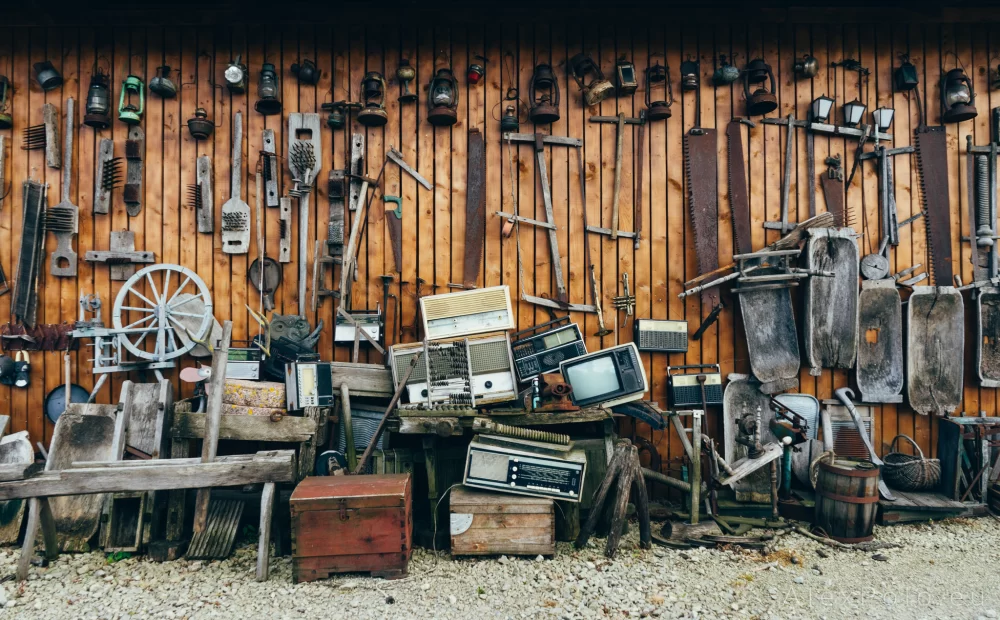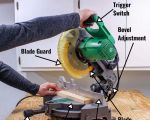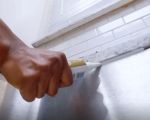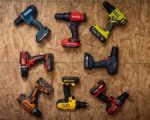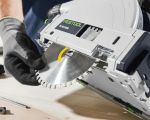1. Identifying the Source of the Leak
The first critical step in how to fix a leaking roof with basic tools is accurately identifying where the leak originates. Water can travel under shingles and appear far from the actual damage point. Thorough inspection during or shortly after rainfall helps locate wet spots, water stains, or damaged shingles.
Check common trouble spots such as flashing around chimneys, vents, and valleys where roof sections meet. Using a flashlight inside the attic can reveal dripping or damp areas.
2. Essential Basic Tools for Roof Repair
You don’t need a fully equipped toolbox to handle minor roof leaks. Basic tools that are effective include:
2.1 Hammer and Roofing Nails
Used for securing loose shingles or replacing damaged ones.
2.2 Roofing Cement and Putty Knife
Ideal for sealing cracks, gaps, and securing flashing.
2.3 Utility Knife
Useful for cutting shingles or removing damaged roofing material.
2.4 Ladder and Safety Gear
Safe access to your roof is paramount; ensure sturdy ladders and protective gloves.
3. Step-by-Step Guide to Fixing a Leaking Roof
Here’s a straightforward approach to repairing a leaking roof with basic tools:
3.1 Clear Debris and Dry the Area
Remove leaves, dirt, and wet material around the leak for better visibility and adhesion.
3.2 Remove Damaged Shingles
Carefully lift and remove nails from broken shingles using the claw of your hammer.
3.3 Apply Roofing Cement
Spread roofing cement under replacement shingles and around flashing edges to create a waterproof seal.
3.4 Secure Replacement Shingles
Nail new shingles into place firmly but without damaging them.
3.5 Seal Gaps and Cracks
Use roofing cement and a putty knife to seal small holes or gaps where water might enter.
4. Common Challenges and How to Overcome Them
DIY roof repairs can present obstacles such as difficult roof angles, hidden damage, or weather interruptions. Always prioritize safety, and if the damage is extensive or in hard-to-reach areas, consider professional help.
Using temporary fixes like roofing tape can protect your home until permanent repairs are possible.
5. Real-Life Case Studies of DIY Roof Repairs
One homeowner shared how they fixed a persistent leak around their chimney with only basic tools and roofing cement, saving hundreds in repair costs. Another story involves a quick patch during heavy rain that prevented significant interior damage, emphasizing how knowing how to fix a leaking roof with basic tools can be invaluable.
These examples demonstrate that with care and the right tools, homeowners can tackle minor leaks effectively.
6. Where to Find Quality Tools and Resources
If you’re preparing to fix your roof, ToolNest offers a wide range of quality roofing tools and materials suited for DIY repairs. From durable roofing nails to professional-grade cement and safety gear, ToolNest connects you with reliable products that make repairs easier and longer-lasting.
Explore ToolNest to find the perfect tools for your next roof repair project and ensure your home stays protected from leaks year-round.

